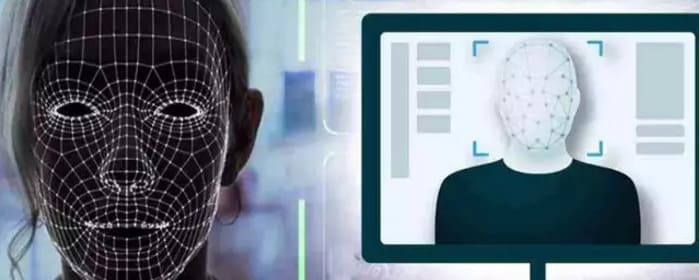Michael Saylor, Executive Chairman of MicroStrategy, is currently engaged in a battle against the spread of artificially generated videos aiming to promote Bitcoin-related scams. According to Saylor, his team works tirelessly to remove approximately 80 deepfake videos daily, many of which attempt to lure unsuspecting individuals into fraudulent schemes.
In a recent post on X, Saylor, who boasts a considerable following, sounded the alarm about the alarming prevalence of deepfake videos on YouTube. In his message, he warned his followers that these “scammers keep launching more” of these deceptive videos.
⚠️ Warning ⚠️ There is no risk-free way to double your #bitcoin, and @MicroStrategy doesn't give away $BTC to those who scan a barcode. My team takes down about 80 fake AI-generated @YouTube videos every day, but the scammers keep launching more. Don't trust, verify. pic.twitter.com/gqZkQW02Ji
— Michael Saylor⚡️ (@saylor) January 13, 2024
Specifically, he referred to videos promising to double Bitcoin investments, a tactic used to lead viewers to scan QR codes, resulting in the transfer of BTC to the scammer’s address.
This phenomenon is not new and evokes memories of similar situations in 2022, where fake videos of Elon Musk circulated on the video-sharing platform, targeting cryptocurrency enthusiasts.

Saylor and Other Industry Heavyweights Warn Against Deepfakes
The battle against AI-generated deepfakes is not exclusive to Michael Saylor. In early January, a deepfake video featuring Anatoly Yakovenko, co-founder of the Solana blockchain platform, circulated on YouTube and various social media channels. Austin Federa, Head of Strategy at the Solana Foundation, noted this increase in deepfake content and highlighted the significant uptick in AI-generated content of this nature in recent times.
Michael’s struggle against AI-generated deepfake videos highlights a growing concern in the digital landscape. These highly convincing but fraudulent videos pose a substantial risk to those who might fall victim to cryptocurrency scams. Despite Saylor and his team’s tireless efforts to remove these videos, the issue goes beyond individual endeavors.
Detecting and combating deepfake videos pose significant challenges due to the advanced technology behind their creation. Deepfake algorithms use sophisticated AI techniques to manipulate audiovisual content, making it exceedingly difficult to distinguish between real and fake footage. Traditional methods of content moderation often struggle to keep pace with the rapid evolution of deepfake technology.
Effectively addressing the deepfake epidemic requires close collaboration between tech companies, social media platforms, and the online community. In addition to technological solutions, raising awareness among the public about the existence of deepfake videos and their potential dangers is crucial. Users should exercise caution when encountering extraordinary claims or requests for transfers, especially when prompted by unfamiliar sources.

